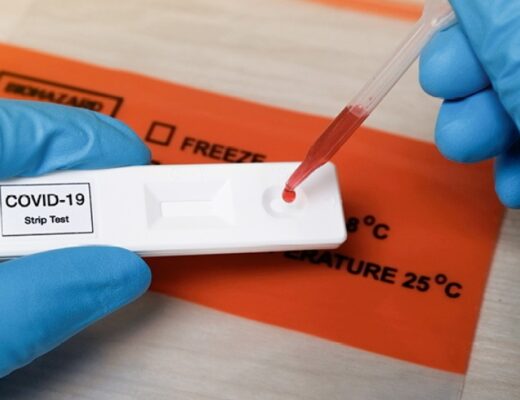A colonoscopy refers to a medical exam experts use to look for any change, like polyps, irritated tissues, or cancer in the rectum or colon.
During this exam, a flexible and long tube, referred to as a colonoscope, is normally inserted in the rectum. A very tiny video camera at the tube’s tip allows medical experts to view every part of the colon.
If need be, polyps might be removed during the procedure. Tissue samples called biopsies are also taken during the procedure. To understand the exam better, experts at Prism Health Labs have suggested that you look into the following:
1. It is Pain-Free and Safe
During the exam, you will have an entire team besides you. This helps to ascertain your safety. The team might include a technician, a nurse, an anesthesiology expert, and a gastroenterologist. This team also assembles to ensure your comfort during the procedure.
Before the procedure, you will get sedated, and the vital signs can be monitored during the exam. This sedation helps to feel comfortable and relaxed.
2.Preparation
In order to successfully undergo a colonoscopy procedure, you will need to have a clean colon. This means you shouldn’t eat 24 hours before the colonoscopy.
Mostly, solid foodstuffs are off-limits. However, your medical expert may recommend taking clear liquids like the following:
- Sports drinks
- Water
- Broth
- Coffee
3. What to Expect During Colonoscopy
Gastroenterologists use flexible and long tubes with a very tiny camera to look for the cause of unexplained diarrhea, bleeding, and changes in stool shape. The removal of cancerous or pre-cancerous polyps can be done through the procedure.
4. How Long Does the Process Take?
It takes around 20 minutes to advance a colonoscope to one end of your large intestine and another 20 minutes to take it out.
This way, your doctor will examine the entire intestine two times. If they find something they need to treat or remove, it will take more time.
Colony polyp is common. It turns up in around 35% of routine colonoscopies. While most colon polyps are benign, you require a standard procedure to get rid of them. In general, the procedure will need an additional 20 minutes.
5. Results after the Procedure
After the colonoscopy procedure, a patient will need to go for another appointment to get the results or findings of the tests.
During this appointment, your doctor will explain all the findings of the tests. This may include reviewing the images from the test. Possible findings can be the following:
- Bowel cancer: Your doctor might have taken a sample if they suspected you have cancer. They will talk to you about the steps to take.
- Polyps or growths: Your doctor has removed growths and will want you to do a follow up after the test.
- Negative: This means there are no polyps or growths.
- Other conditions: If there are any signs of ulcerative colitis, diverticulitis, or Crohn’s disease, your doctor is going to discuss the next step to take.
Closing Remarks!
The preparation for this test and the recovery can be inconvenient and uncomfortable. But not finding as well as diagnosing any potential problems can be much worse. So ensure you follow your doctor’s instructions and don’t hesitate to ask questions.



